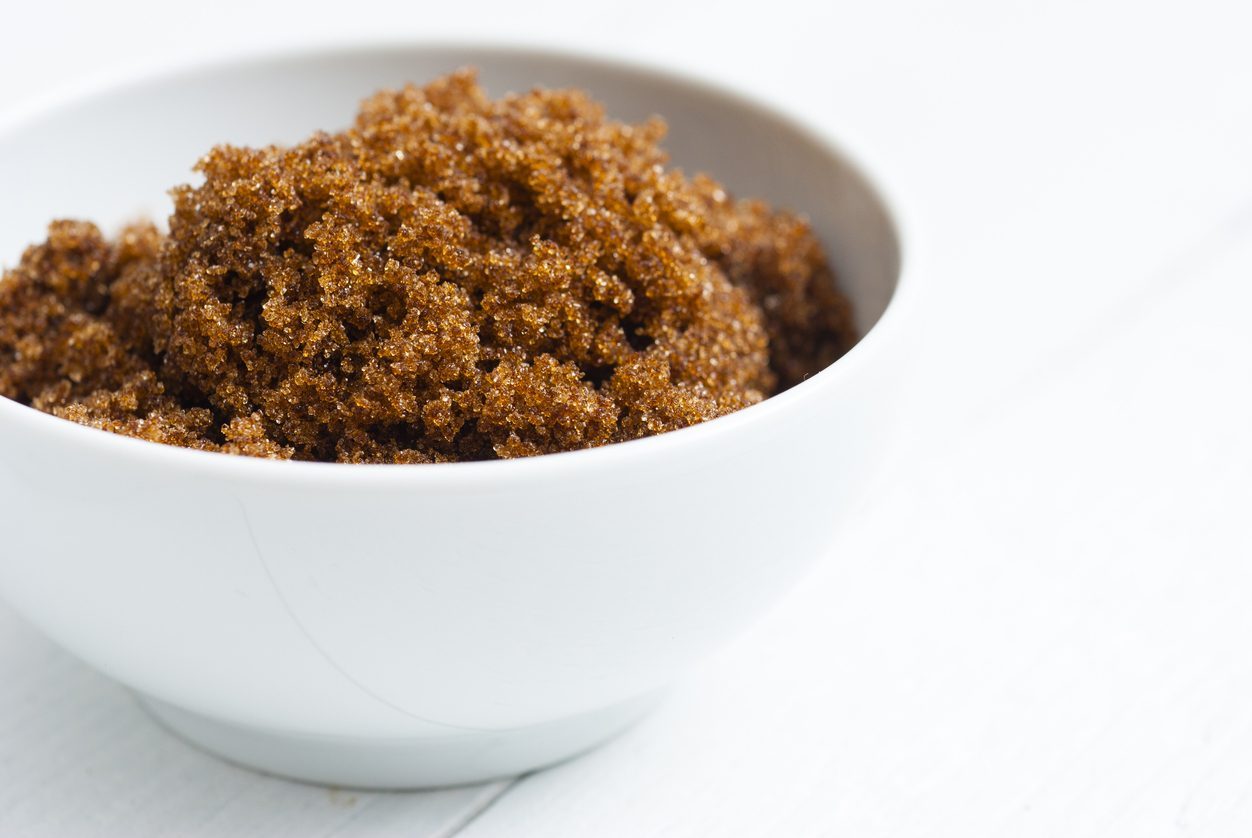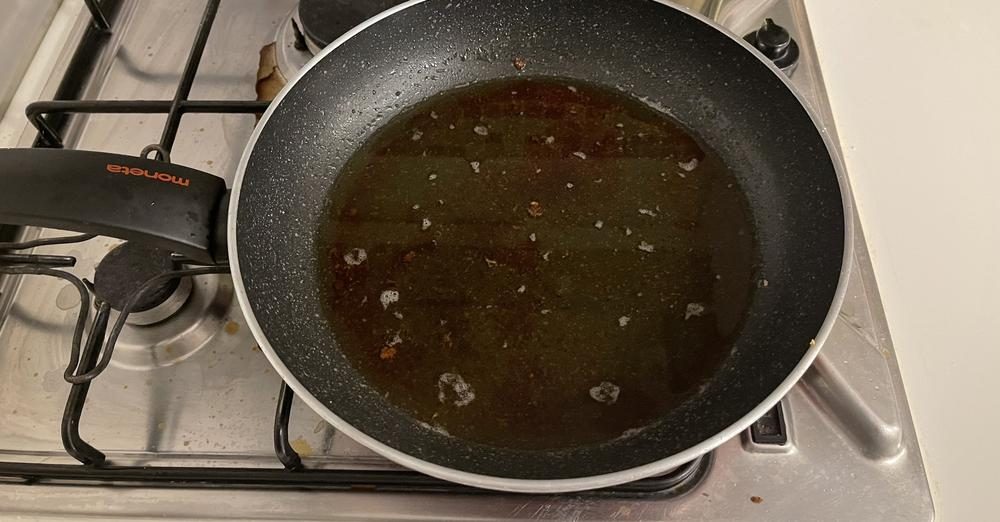What is Glucose Powder? How Can You Use it For Non-Fried Frying
Does light frying exist? With glucose powder you can make light, crispy and low-fat frying. This is an alternative method, used in molecular cuisine, but which you can also try in your home preparations. But let's find out more about non-fried frying with glucose powder: what is it?

If frying without oil seems impossible to you, all you have to do is try glucose powder: you will get light, crispy and low-fat fried foods. This is an alternative frying method, also known as "fried not fried", used in molecular cuisine, but which you can also try for your home preparations. Glucose powder or anhydrous glucose is a natural sugar extracted from grapes, perfect for frying sweet foods, but also savory ones: in the latter case, you will need to use a simple trick, to eliminate the sweet taste of cooking fat. But let's find out more about fried not fried with glucose powder: what it is and how to use it.
Molecular Cuisine, Glucose and the Maillard Reaction
As we anticipated, frying with glucose powder is widely used in molecular cuisine. But what is it? Molecular cuisine is a real science, which does not use traditional cooking methods, but uses foams, additives, chemical reactions and gelatins, to prepare dishes. Molecular gastronomy therefore allows you to discover new flavors and combinations, respecting the organoleptic characteristics of foods. The father of molecular cuisine is Ferran Adrià, an award-winning Spanish chef, while in the United States, the symbol of this innovative cuisine is the New York chef Wylie Dufresne. But let's see specifically what glucose is.
Glucose is a simple sugar that is obtained from grapes and that melts between 320F and 375F (160° and 190°C) : it is precisely in this wide range that the "Maillard reaction" is activated, which gives foods their typical golden or brown appearance, such as the browning of fried foods, the crust of bread or the crust of steak, which make foods more attractive to the eye and to the palate. Powdered glucose can be purchased in shops specializing in pastry products, in pharmacies and online. Here's how to use it.
How to Use Glucose Powder for Frying
Now let's see how to use glucose powder for frying: put it in a pan and heat it, stirring gently and continuously until it has melted. Once it reaches a temperature of 320F (160C), the glucose will be completely melted, becoming transparent. At this point you can immerse the foods to be fried: continue stirring until they are golden. Check, with a kitchen thermometer, that the temperature does not exceed 375F (190C), otherwise the glucose will caramelize and start to smoke. Foods fried in glucose will be more swollen: the food, in fact, increases in volume due to the evaporation of the internal water. Once ready, lift the fried foods with a slotted spoon and place them on kitchen paper for a few minutes, so as to eliminate the excess glucose.
Can I Use Glucose Syrup or Sugar, Instead?
For frying food, you cannot use glucose syrup, but only powdered glucose, which has been deprived of water. Other sugars are not suitable either: only powdered glucose, in fact, allows for a wide temperature range, that is, you can use it for frying from 320 to 375F (160C to 190C), without running too many risks of ruining the food.

What You Need to Look Out For
When frying with glucose powder, you need to pay attention to caramelization: the temperature must not exceed 375F (190C), which is the temperature at which it begins to caramelize and smoke. Therefore, always use a kitchen thermometer to check that the frying remains in the temperature range between 320F and 375F (160 and 190C).
Glucose creates a light coating around fried foods that makes them crispier, leaving a sweetish taste. This effect will be pleasant on sweet foods, such as doughnuts, cream puffs, etc., but not entirely pleasant on salty foods. So what to do? To avoid sweetening salty foods, wrap them in lettuce, leek or cabbage leaves and fry: the coating will not affect the flavor of the fried food.
Why Should You Use Glucose Powder for Frying?
Powdered glucose has a much higher heat conductivity than oil, allowing for faster frying. Furthermore, thanks to its viscosity, it helps retain liquids and aromas present in foods, thus providing a perfect consistency: crunchy on the outside and soft on the inside. Finally, cooking in glucose allows for fat-free frying, a truly remarkable advantage for those who want to enjoy fried food without too many regrets.
;Resize,width=767;)
;Resize,width=712;)
;Resize,width=712;)
;Resize,width=712;)
